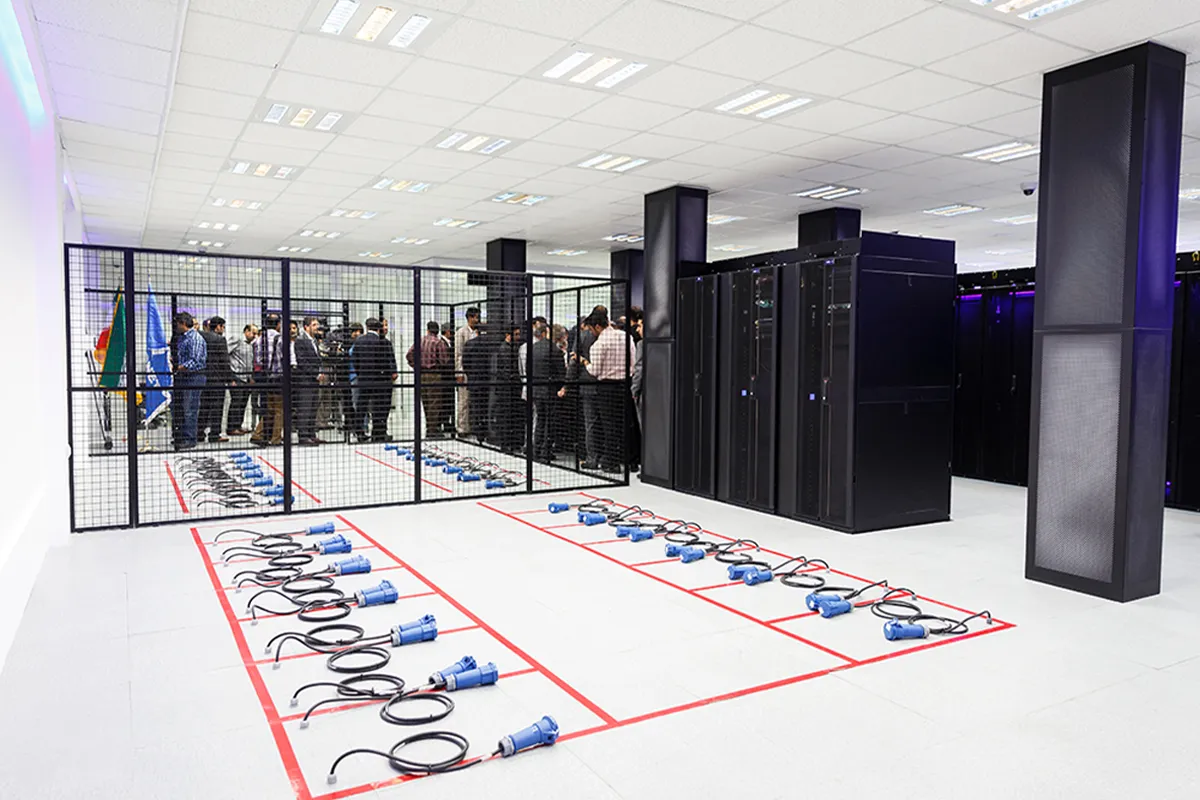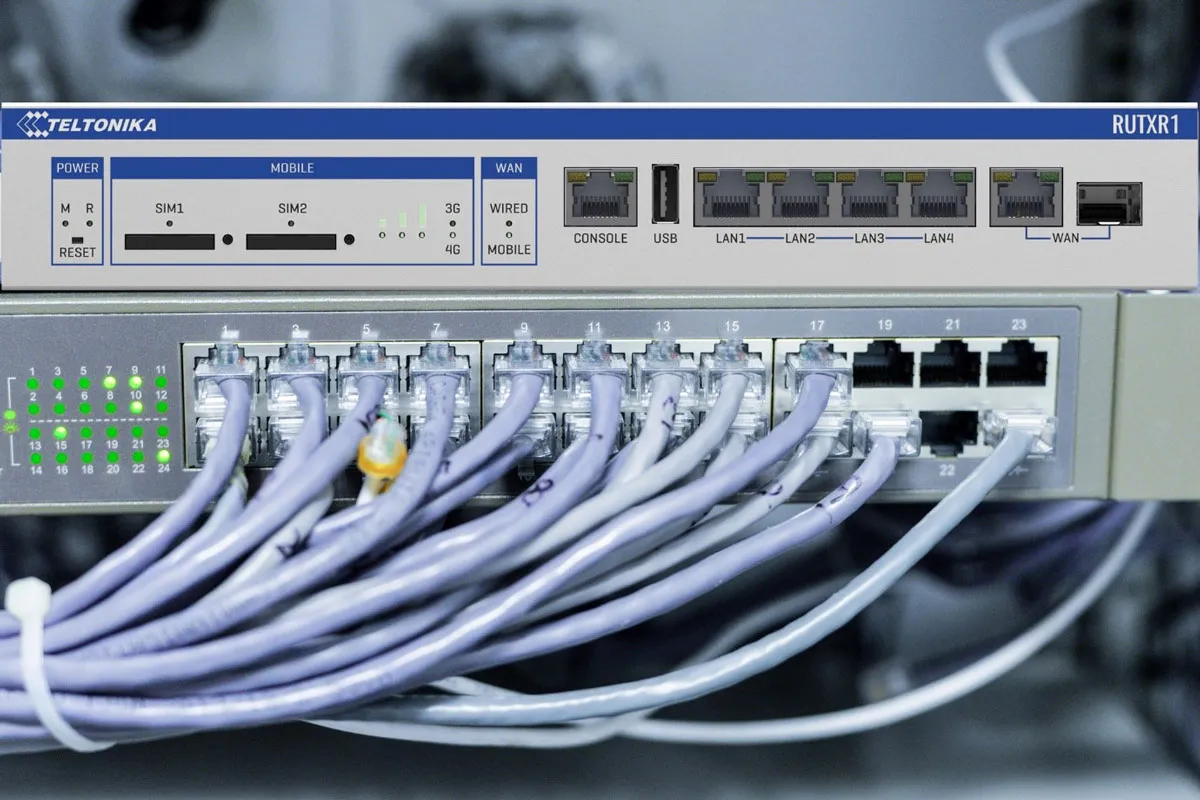What Is Passive Network Equipment?
Every Network Consists Of Different Equipments Which Are Divided Into Passive And Active Equipments. In This Article, We Will Talk About Passive Network Equipment.
Today, our surroundings are full of different types of networks (from wireless to wireless). We can easily assign other tasks to other people using a network of computers, who follow the work progress with connected computers, and each one does his part.
If you pay attention when you enter the bank, there are several computers with one of the attendants sitting behind each one and answering the customers. Sometimes a part of the work is done by one person and another by another with two different computers. These computers are connected and form a network.

If you take a little longer at the bank, you might look around and notice security cameras, or if it’s a small bank branch, you might even be able to find a compartment with lots of cables going in and out of it.
Those cables enable communication between devices, computers, and various network equipment. They all enter and exit a container connected to city-level destinations in different ways, like city passenger terminals, and transmit data packets on the network level. This container is generally called a server, which can be a small part of a larger network.
Network equipment
According to the type of activity, network equipment can be divided into two categories: active and passive, or in other words, active and passive. Network equipment is hardware and physical devices that communicate and interact with each other to transfer data at the network level.
Each of the equipment and parts of the network has a specific function and is generally responsible for providing different services to users. One of the important points that should be considered for network control and management is knowing the network equipment and its usage type so that the troubleshooting process can be done more easily.
The difference between active and passive network equipment
It is impossible to express the difference between these two categories of network equipment without providing their definition, and with the purpose of each, their difference is also determined.
Active network equipment is hardware and devices that generate, direct, route, and reproduce electronic signals. Functional network equipment includes all appliances and parts that create signs and transmits them on the surface using passive network equipment.

For example, switches, hubs, routers, modems, servers, network cards, firewalls, etc., are all considered active network equipment.
Passive network equipment is also part of the network that cannot produce electronic signals and is only used to transmit and receive alerts from active equipment. Passive equipment includes all network cables and sockets, patch cords, ducts, network racks, installation tools and equipment, etc.
Types of passive network equipment
Hub: Hub is network equipment designed in two types, active and passive. Passive hubs are hubs that divide input into several outputs, and using them, you can connect a cable to one side and take more results on the other side to connect to several different devices.
Cable: Different cables may be used in a network, one of the most famous of which are cables with RJ45, known as network cables among general users. Cables in the network are the routes and roads of the city that connect all the points and regions and provide the possibility of moving people and cars.
-638bb85dfa7dd26f3fcaf3cd?w=1200&q=80)
Cables can be classified according to the diameter or the amount of resistance against noise and the type of design for use in different environments. Among other commonly used cables, we can mention optical fibers. The characteristics of the lines include their bandwidth and the type of coating, which you can choose from among their classes based on your needs.
Duct and truncate: a compartment for the passage of cables, which, in addition to increasing the safety of the wires, also organizes the bunch of lines in terms of appearance. The material of duct or truncate is usually made of PVC and has good resistance. Due to the difference in size, chimneys, and trunks are used in different situations. For example, if the cable bundle you are dealing with includes more cables, you should go for the box; Otherwise, the document will meet your needs.
Wall socket: The use of a wall socket is the same as an electrical outlet, with the difference that by connecting to it instead of electricity, access to the network is provided.
Keystone jack: Keystone jacks are inputs to establish connections between cables and various equipment. For example, we are going to connect a line to a switch or router, and according to the categories, we choose the appropriate keystone from among Cat5, Cat5e, Cat6, Cat6a, Cat7, Cat7a, and Cat8 and mount it on the cable using a socket wrench to We can connect to the desired device.

Patch Panel: Many cables are always used to set up data centers, and patch panels can be used to manage cabling better and fix many wires. A patch panel is a piece of hardware that makes connecting input and output to different network devices easy by providing multiple ports.
The patch panel is usually installed on the rack and below or above the switches. For example, Cat5e, Cat6, Cat6a, Cat7, or 48-port patch panels can be mentioned. In addition, there are types of patch panels with and without protection.
Rack: In response to the question, ” What is a network rack and its use?” It can be said that it is a container for installing a large part of active network equipment, which is designed in different dimensions, and each network uses different types of racks according to its needs. The range of frames includes wall and standing models, and depending on the application, samples with fans of varying depth sizes can be prepared.

Conclusion
Network equipment is generally divided into two large categories, active and passive, each of which can be converted into smaller sets. For network setup, functional parts are as important as passive equipment.
Pay attention that choosing high-quality products in the purchase of passive network equipment also results in more stability and stability at the network level. This directly affects the user experience.

